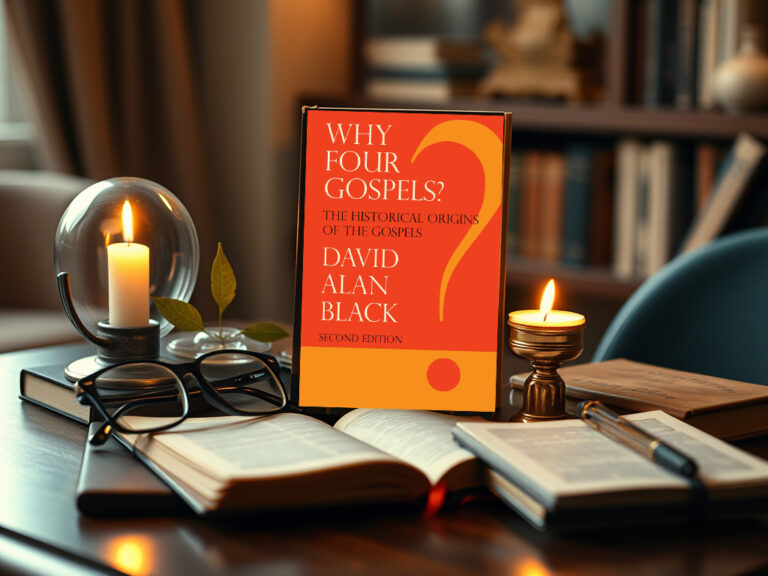The Jesus Manifesto
by David Moffett-Moore
 I expect most of us grew up with images of Jesus that were “Gentle Jesus, meek and mild,” with children gathered about him or as a shepherd with his flock. Certainly understandable for little children, but this gentle Jesus would never get crucified. In this season of Eastertide, it might be good for us to wonder “Why?”.
I expect most of us grew up with images of Jesus that were “Gentle Jesus, meek and mild,” with children gathered about him or as a shepherd with his flock. Certainly understandable for little children, but this gentle Jesus would never get crucified. In this season of Eastertide, it might be good for us to wonder “Why?”.
I think it is important to remember that Jesus was not executed for religious reasons but for political. The title over his head on the cross was “Jesus of Nazareth, King of the Jews,” a political charge. He preached good news of the coming Kingdom of God, where the last would be first and the first be last, a radical upsetting of the status quo. I’ve long held that what got Rome involved with Jesus was his clearing of the temple. In addition to being the only place on earth where Jews could offer sacrificial worship, the temple was a major market place, a mint, and the place of the Sanhedrin, their high court. Imagine someone taking over Fort Knox, Wall Street, and the Supreme Court. We would not see that as strictly religious activity.[ene_ptp]
Who was this firebrand prophet Jesus and what was so explosive about his message? Christians for centuries have views on the Sermon on the Mount, Matthew chapters five through seven, as the summary of Jesus’ teachings. We might look at it as the Jesus Manifesto.
A manifesto is a summary of someone’s teachings and beliefs, written to inspire and provoke. It is designed to make the message clear, plain and evident. It is a public declaration of motives and intentions and meant to be of public importance. It is radical in that it strikes at the root, reveals the core and foundation of the message. The Communist Manifesto is a brief pamphlet, yet it is recognized as one of the world’s most influential manuscripts. The same might be said of the Sermon on the Mount.
The Sermon on the Mount is three chapters long, in most translations no more than five pages. It would take less time to read aloud the Sermon on the Mount than most sermons take to preach. In his Daily Study Bible commentary, William Barclay writes over 200 pages of commentary on these five pages of text! St. Augustine and Martin Luther both wrote volumes of sermons on these three chapters. Martin Luther King Jr., Doris Day, Mahatma Gandhi and Leo Tolstoy all wrote of the significance of this brief message. It certainly satisfies the parameters of being a Manifesto!
In this passage, Jesus declares what is and challenges us, boldly and practically, on how were are called to live. He says “blessed are; theirs is.” The beatitudes are not a new law for us to submit to, a discipline for us to strive after; he declares how things really are, already. He fulfills the law, not overthrowing it but completing and perfecting it. We can’t help but be both challenged and comforted by his words.
I enjoyed writing my own take on the Sermon on the Mount, entitled appropriately The Jesus Manifesto, adding my “meek and mild” name to the more famous ones. It is part of Energion’s “Participatory Bible Studies” series. I invite you to consider it in your next study. I think it will help you find new meaning, depth and inspiration from these familiar words of Jesus, the prophet king who is pioneer and perfecter of our faith.





